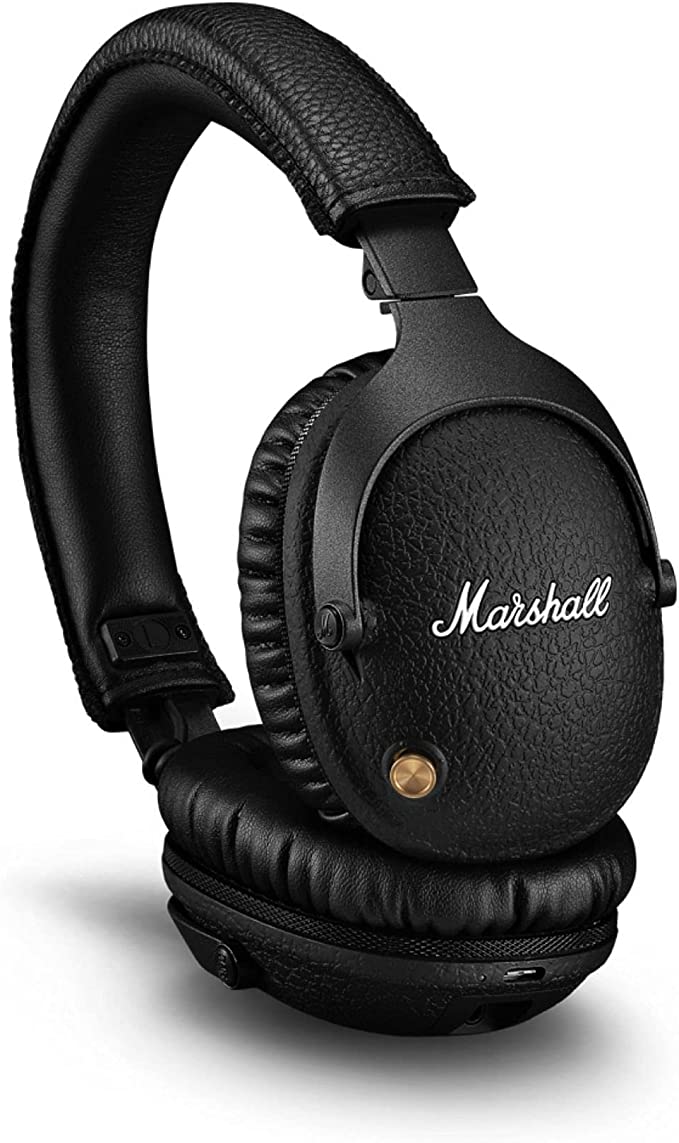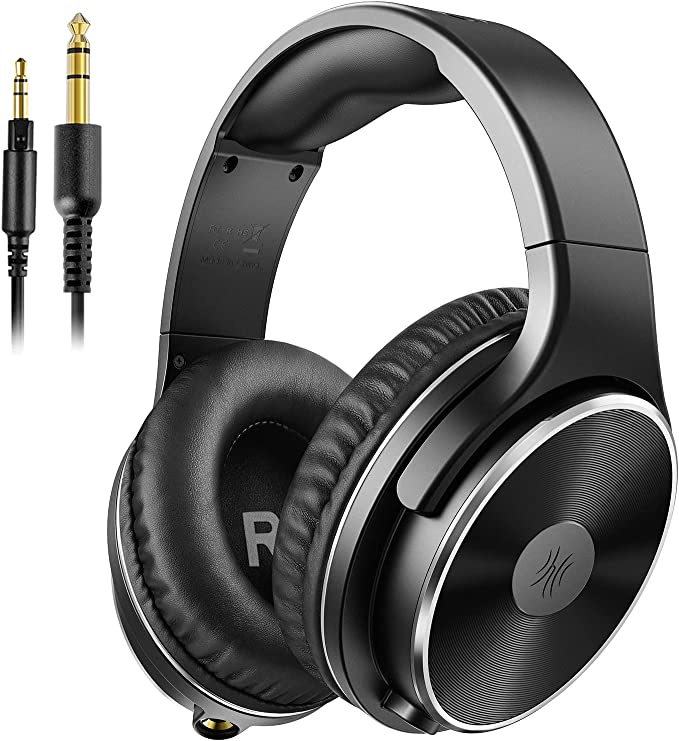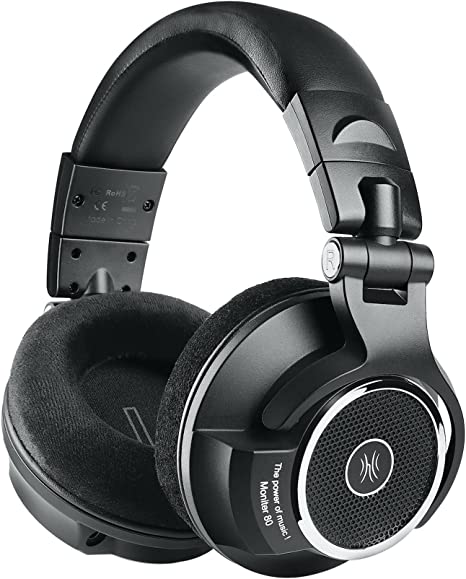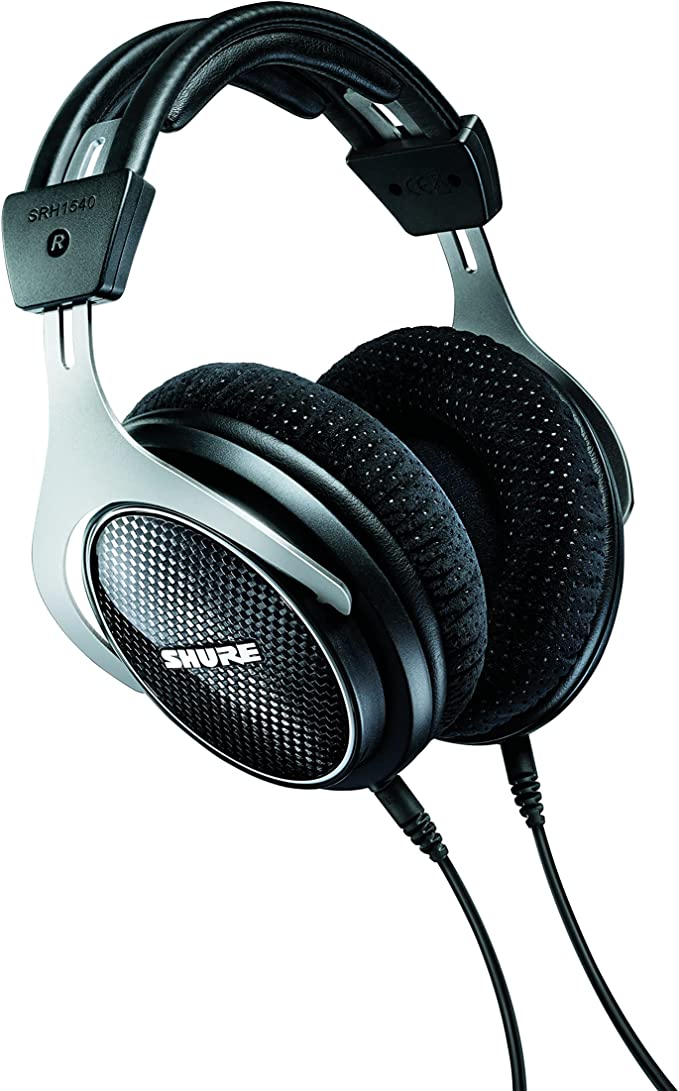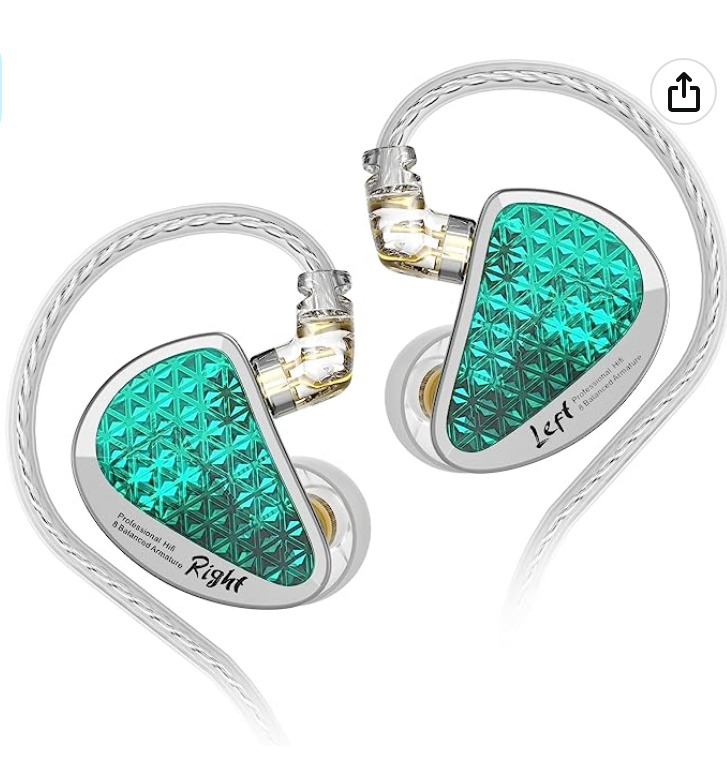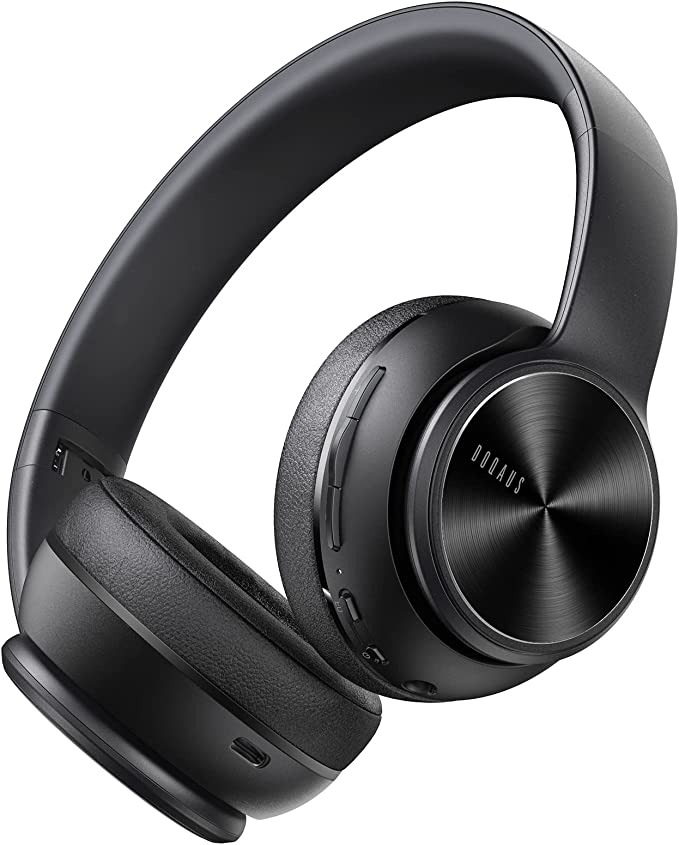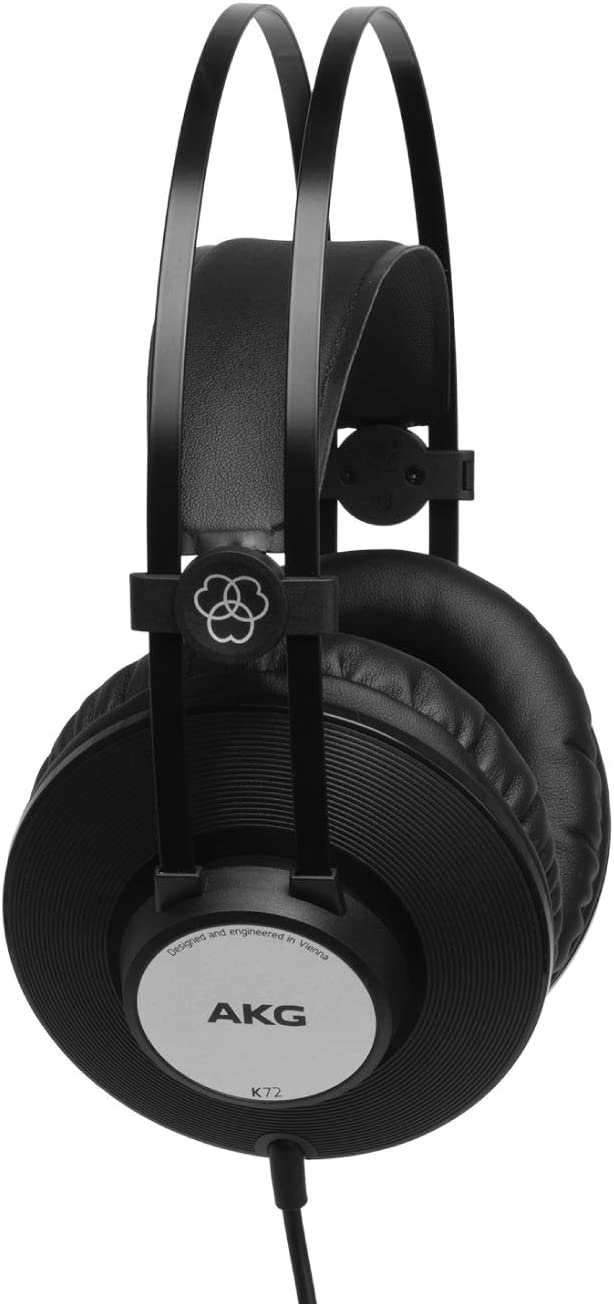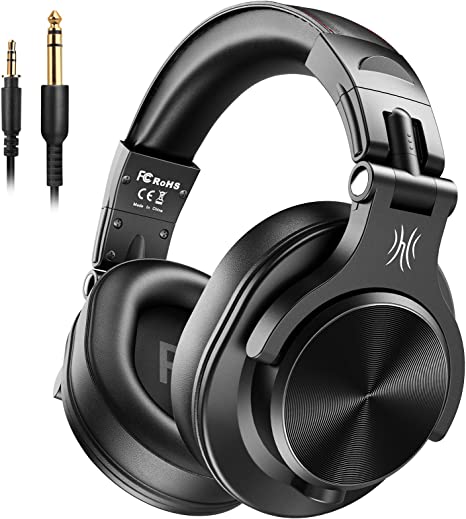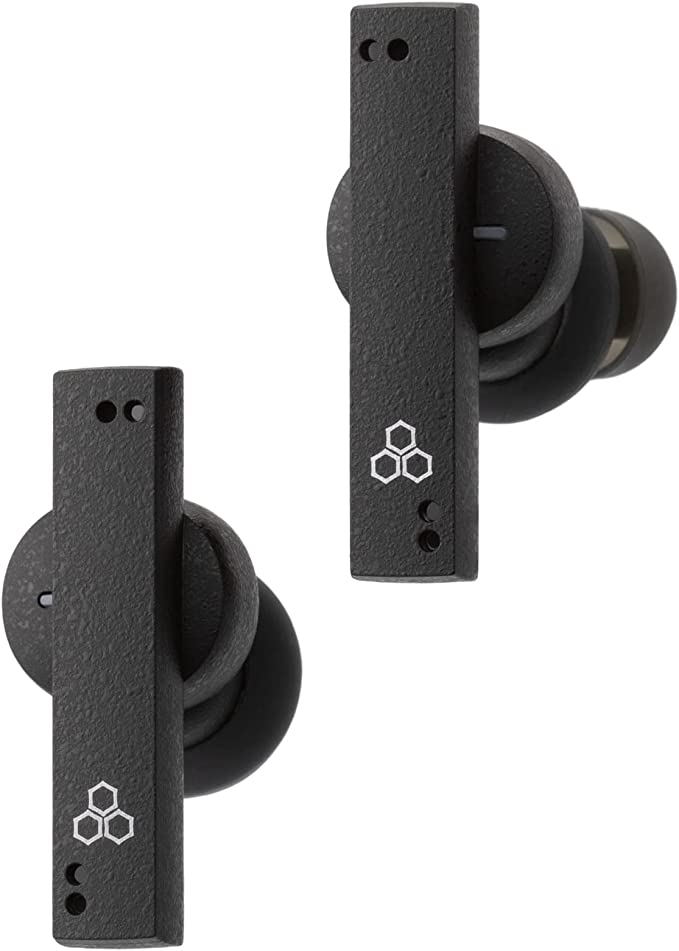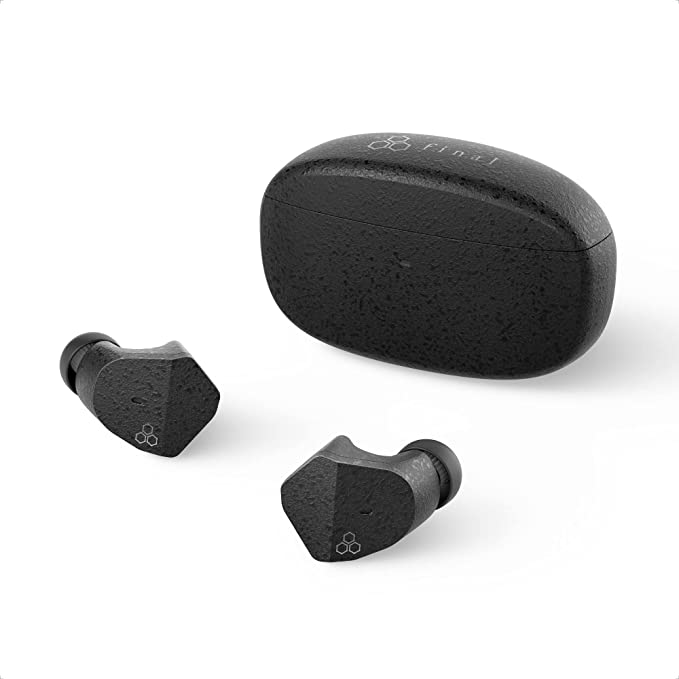Maeline 54 Bulk Wired Earbuds: Affordable Quality for Bulk Buyers
Update on June 30, 2025, 1:17 p.m.
Before we talk about headphones, let’s talk about a different engineering marvel: the Bic Cristal ballpoint pen. For a pittance, you get a transparent hexagonal barrel, a tungsten carbide ballpoint, and enough ink to draw a two-kilometer line. It is a masterpiece of material science and high-volume manufacturing, so perfectly optimized for its purpose that its design has remained virtually unchanged for over 70 years. It is brilliant, ubiquitous, and utterly disposable.
Now, hold that thought and consider the Maeline 54 Bulk Wired Earbuds. They are the audio world’s Bic Cristal. On Amazon, a box of 100 sells for $39.95, making each unit a mere 40 cents. And like any object of extreme economy, it lives in a state of contradiction. It boasts a middling 3.7-star rating, but this average is a statistical battleground. A commanding 48% of its 1,923 reviewers award it a perfect five stars, calling it a “great value” and “perfect for my 6th grade class.” Simultaneously, a furious 16% give it a single star, labeling it “terrible audio quality” and an outright “waste of money.”
This is not a simple story of a good or bad product. This is a paradox. And to solve it, we must do more than just read reviews. We must perform a kind of design autopsy. As an engineer, I see this humble earbud not as a piece of hardware, but as a story—a story of physics, manufacturing, and economics. Let’s peel back the plastic and listen to what it has to tell us.

The Ghost in the Machine: The Science of Sound and Silence
At its core, every headphone, from this 40-cent wonder to a $4,000 audiophile set, operates on a principle of physics discovered by Michael Faraday in 1831: electromagnetic induction. Think of it as a microscopic, reverse record player. An electrical signal, which is essentially a coded audio wave, travels down the wire. Inside the earpiece, this signal energizes a tiny coil of wire, creating a fluctuating magnetic field. This field interacts with a small permanent magnet, causing a thin, flexible disc—the diaphragm—to vibrate. These vibrations push the air, creating pressure waves that travel down your ear canal. Your brain decodes these waves as music, podcasts, or a teacher’s instructions.
The magic, or lack thereof, is in how well that diaphragm translates the electrical signal into physical vibrations. This is where the first set of engineering trade-offs appears.
The diaphragm in a high-end headphone might be made of a sophisticated, lightweight, yet rigid material like beryllium. In the Maeline 54, it is almost certainly a thin sheet of PET plastic, the same family of material used in water bottles. While light, it is not particularly stiff. When forced to vibrate quickly, it can flex and warp in unintended ways, creating vibrations that weren’t in the original signal. In audio engineering, this is called Total Harmonic Distortion (THD). It’s the scientific term for sound that is “fuzzy,” “muddy,” or “unclear.”
Next, look at the engine driving that diaphragm: the magnet and coil. To save costs, the neodymium magnet will be smaller and weaker, and the copper voice coil will have fewer windings. This reduces the driver’s sensitivity, its ability to convert electrical power into sound pressure. The result? The earbuds have a low maximum volume, a frequent user complaint. They simply don’t have the magnetic muscle to shout.
This is why the official spec sheet listing a 20Hz - 20kHz frequency range—the full theoretical span of human hearing—is both true and misleading. The earbuds can produce frequencies across this range, but their frequency response curve is anything but flat. It’s more likely a jagged, mountainous landscape, with deep valleys in the bass regions and sharp, unpleasant peaks in the treble. This is why users report a “tinny” sound with no low-end punch. The road exists, but it’s full of potholes.

A Symphony of Compromise: The Art of Manufacturing for Pennies
If the science of the Maeline 54 is about compromise, the manufacturing is about the art of omission. To hit a 40-cent price point, every decision is guided by one question: “What is the absolute minimum required for this to function, even briefly?”
This philosophy is most evident in the product’s most common points of failure. The thin, 48-inch cable uses wires with a very high American Wire Gauge (AWG) number, meaning they are exceptionally thin. This saves a tremendous amount of copper across millions of units, but it makes the wire physically weak and prone to internal breaks from simple flexing. The most likely point of failure, however, is even smaller: the solder joint. This is the microscopic dab of metal connecting the wire to the driver unit. In high-speed, low-cost assembly, it’s easy for these joints to be “cold”—not heated enough to form a strong bond. A single cold joint means one earbud goes silent forever. This is the primary reason for the “only one side works” complaint.
Yet, amid this landscape of calculated fragility, there is an island of genuinely clever design: the L-shaped 3.5mm plug. This is a classic example of strain relief. A straight plug concentrates all bending force at the single point where the cable exits the hard plastic housing, a recipe for fatigue and failure. The L-shaped plug, a single molded piece of plastic, forces the cable to bend along a gentler curve, distributing the stress over a wider area. It is a simple, cost-neutral decision that significantly boosts the durability of the earbud’s most handled component. It is a whisper of engineering elegance in a shout of extreme economy.
Another crucial feature, easily overlooked, is the individual plastic ziplock bag. To a personal buyer, it’s just more packaging to throw away. But to an institution—a school, a hospital, a museum—this feature is paramount. It ensures hygiene and simplifies distribution. This seemingly trivial detail is a core part of the product’s value proposition for its intended market.

Two Jobs, Two Fates: The Economic Theory That Explains Everything
So, how can this product be both a 5-star hero and a 1-star villain? The answer lies not in the earbud itself, but in the user. The late Harvard professor Clayton Christensen developed a powerful framework called the “Job to be Done” (JTBD) theory. It posits that people don’t buy products; they “hire” them to do a specific job.
Job #1: The Five-Star Mission. A 6th-grade teacher with 90 students needs to conduct a computer-based listening exercise. The “job” she needs done is: “Provide temporary, individual, and hygienic audio access to a large group on an extremely limited budget.” She “hires” a 100-pack of Maeline 54s. They arrive individually wrapped. She hands them out. They function for the 45-minute class. A couple might be dead on arrival, but this acceptable failure rate is a tiny cost baked into the astonishingly low price. For this job, the Maeline 54 is a perfect, five-star employee. It did its job flawlessly.
Job #2: The One-Star Tragedy. A student buys a 10-pack for $7.95 for personal use on the bus and in the library. The “job” he needs done is: “Provide a reliable and reasonably pleasant personal audio experience for the coming months.” He “hires” the Maeline 54. The first pair dies in a week. The second has a fuzzy right ear. The third has low volume. By the fourth pair, he is justifiably furious. For this job, the product is a catastrophic, one-star failure.
The Maeline 54 isn’t a good or bad product in a vacuum. It is either a perfectly optimized solution or a completely unsuitable tool, depending entirely on the job it’s hired to do. Its designers weren’t trying to make a great earbud for everyone; they were making the perfect earbud for a very specific customer, and they succeeded brilliantly.

Coda: The Echo of a 40-Cent Choice
In the end, the Maeline 54 is far more than a cheap piece of plastic. It is a physical artifact of globalization, a testament to the brutal efficiency of modern supply chains and cost engineering. It is a masterclass in designing not for perfection, but for precise adequacy.

Like the Bic Cristal pen we started with, it represents a democratization of technology, granting audio access where it might otherwise be unaffordable. But it also forces us to confront a difficult question. When we design a piece of electronics to be inherently disposable, what is its true cost? The 40-cent price tag doesn’t account for the environmental echo of millions of these units ending up in landfills, their tiny magnets and scraps of copper forever entombed.
This tiny object tells a grand story of trade-offs. It’s a story of engineering brilliance and planned fragility, of targeted value and externalized costs. It asks us to consider the hidden logic and silent compromises that shape the inexpensive, convenient world we have built, one 40-cent choice at a time.


